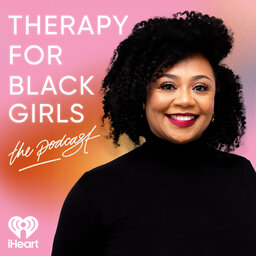Mindfulness
Shawna Murray-Browne, LCSWC is back with us this week to talk all about mindfulness. Shawna and I chatted about the definition of mindfulness, she addressed some of the myths you may have heard about mindfulness, she shared some ways you can begin to incorporate it into your life, and of course she shared her favorite resources.
Learn more about your ad-choices at https://www.iheartpodcastnetwork.com
 Therapy for Black Girls
Therapy for Black Girls


